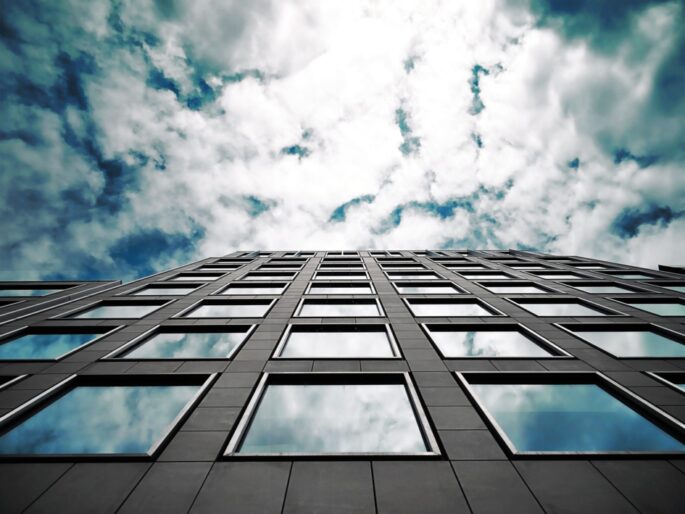As sustainability continues to be a growing priority for many business owners and facility managers, there are steps you can take to go with a greener approach. Clean energy is something businesses are moving towards as they try and lower their carbon footprint, reduce heating and cooling costs, and strive to achieve their long-term environmental goals.
Right now, there are several options for clean energy: solar, wind, hydropower, geothermal, and bioenergy. The options, however, are not necessarily feasible for most companies to readily adopt, involving costly conversions and retrofits. As we move closer to more commonly seeing rooftop solar, on-site wind turbines, and more, there are some steps you can take now to provide cleaner energy for your building.
Start simply
You can reduce your energy use by making small changes to your business. Motion lights can limit the time lights stay on, switching cleaners to a daytime schedule can eliminate the need for lights to be on at night, and high-performing HVAC can mean better indoor air quality and more functional heating and cooling. Eliminating waste and improving efficiency are the first steps in making your building’s performance cleaner, so conduct an audit of your building to see where improvements can be made.
Making different choices
Rather than considering a complete overhaul, look for changes that align with your budgets. Many companies are using “beneficial electrification” to replace fossil-fueled boilers, water heaters, and furnaces with more efficient equipment like electric heat pumps. Many companies have also swapped out their gas-powered outdoor maintenance equipment for electric as another way to become more environmentally friendly. Choosing to get closer to your goals with smaller changes may make the shift easier on your budgets.
Use technology to your advantage
New technology is emerging that can help companies save money, reduce water consumption, and minimize heating and cooling needs. Adopting energy-efficient fixtures like touchless taps and automatic flushing toilets will help reduce wasted water. Upgrades like smart glass adjust to the natural light so you don’t need additional lighting, are paving the way for companies to move forward with their sustainability goals as further innovation emerges.
Reducing your energy use by shifting your practices, converting your equipment, or investing in the newest innovation are smart steps in lowering your carbon footprint and cutting your costs over the long haul.









